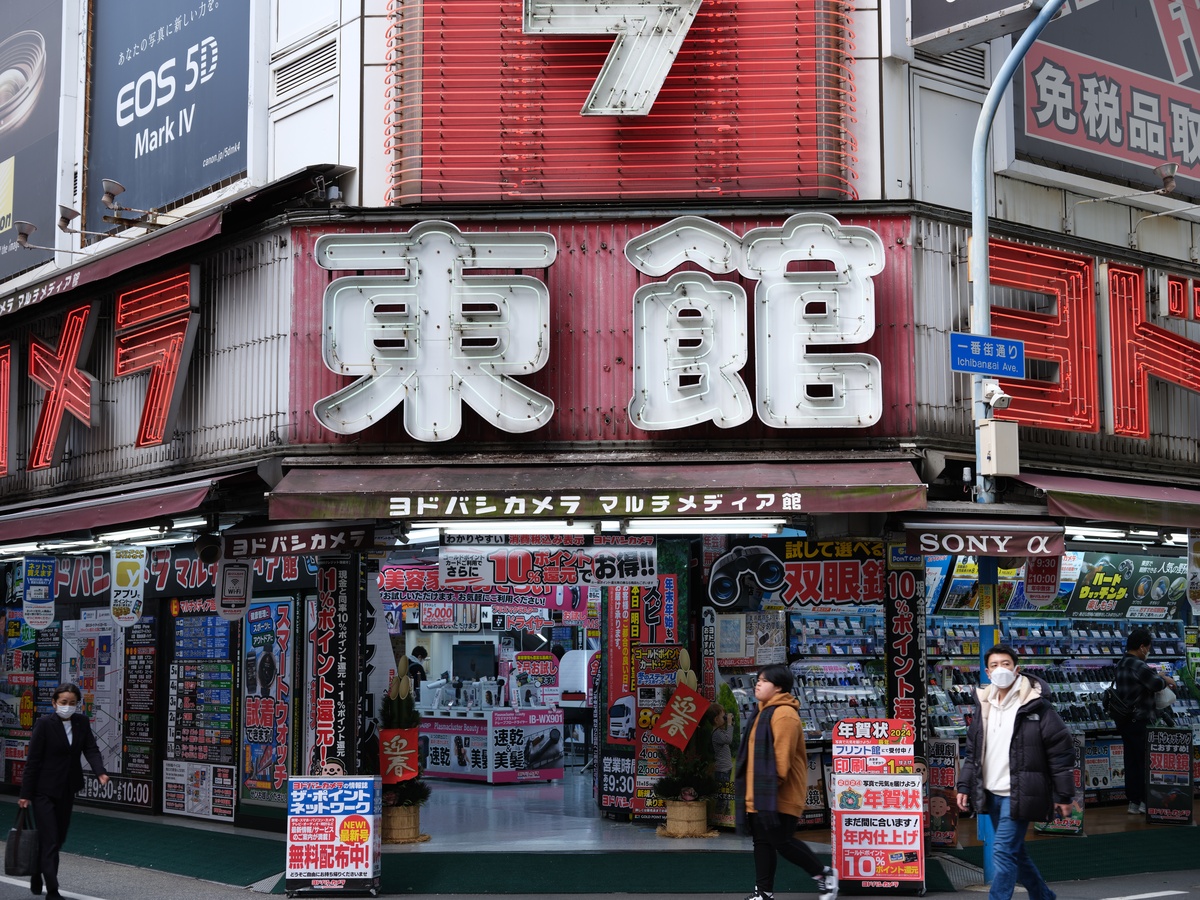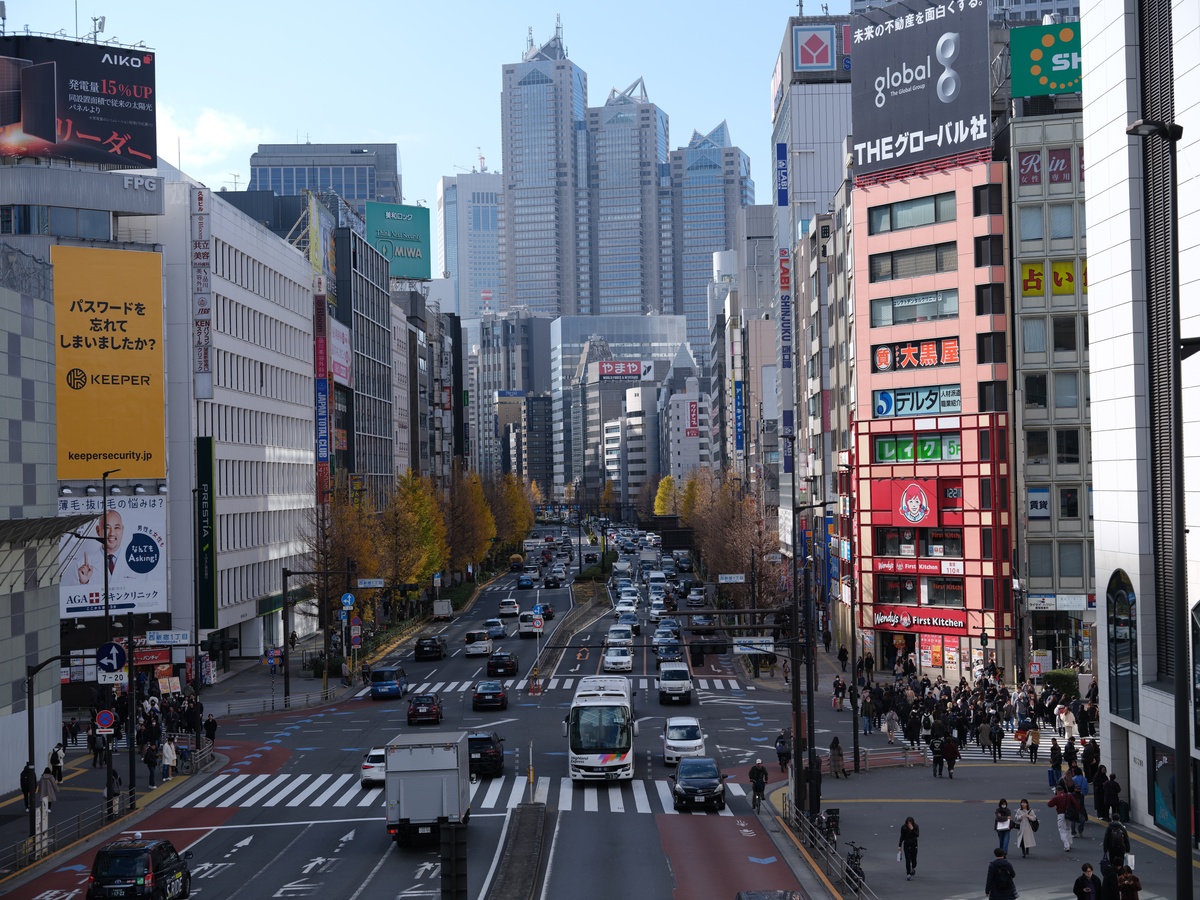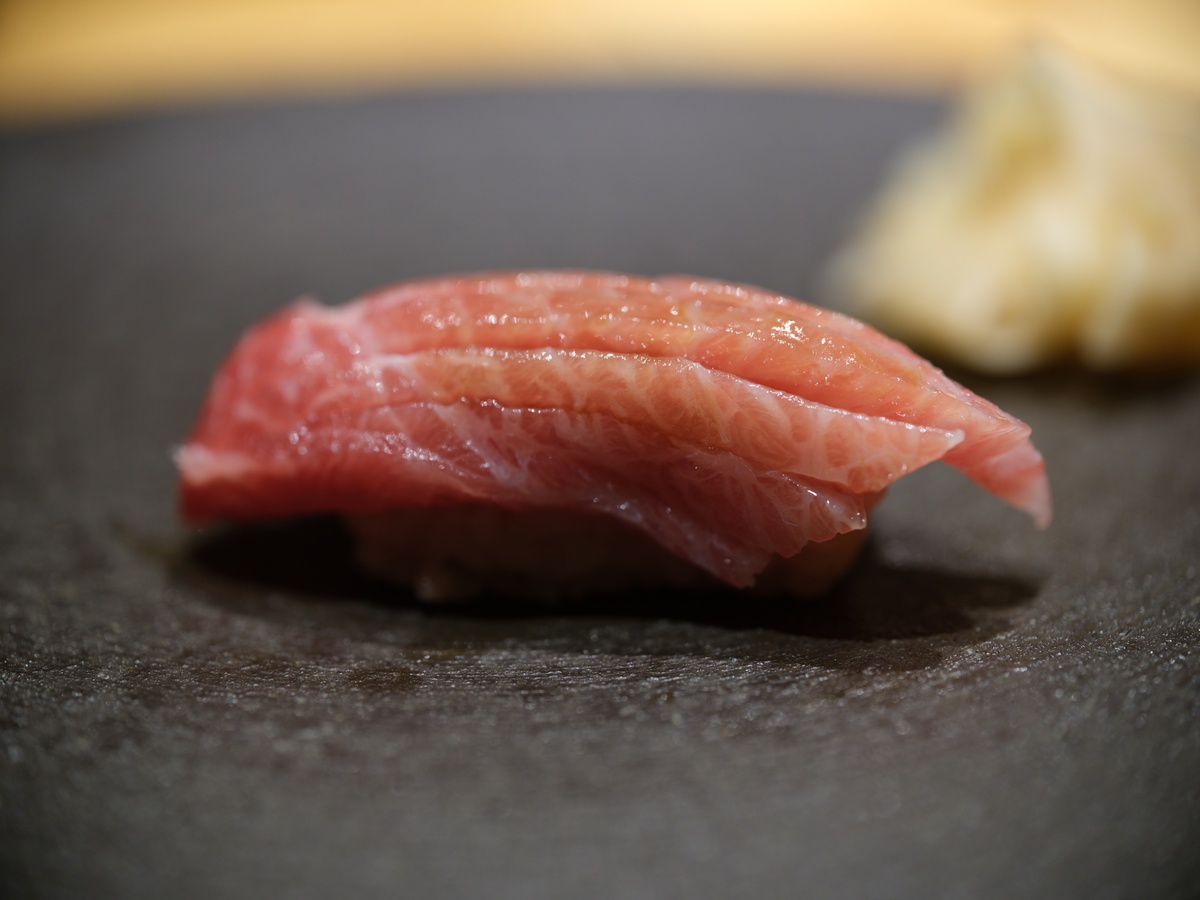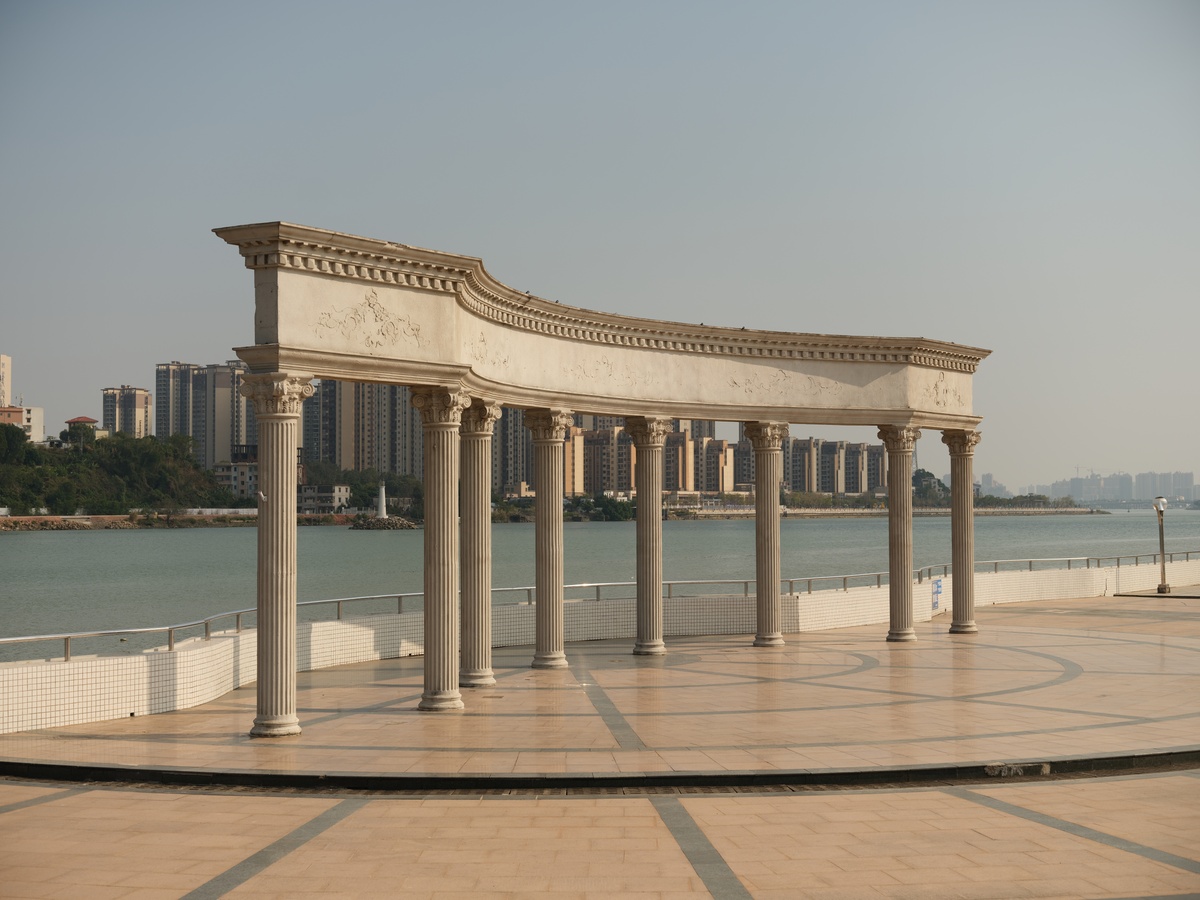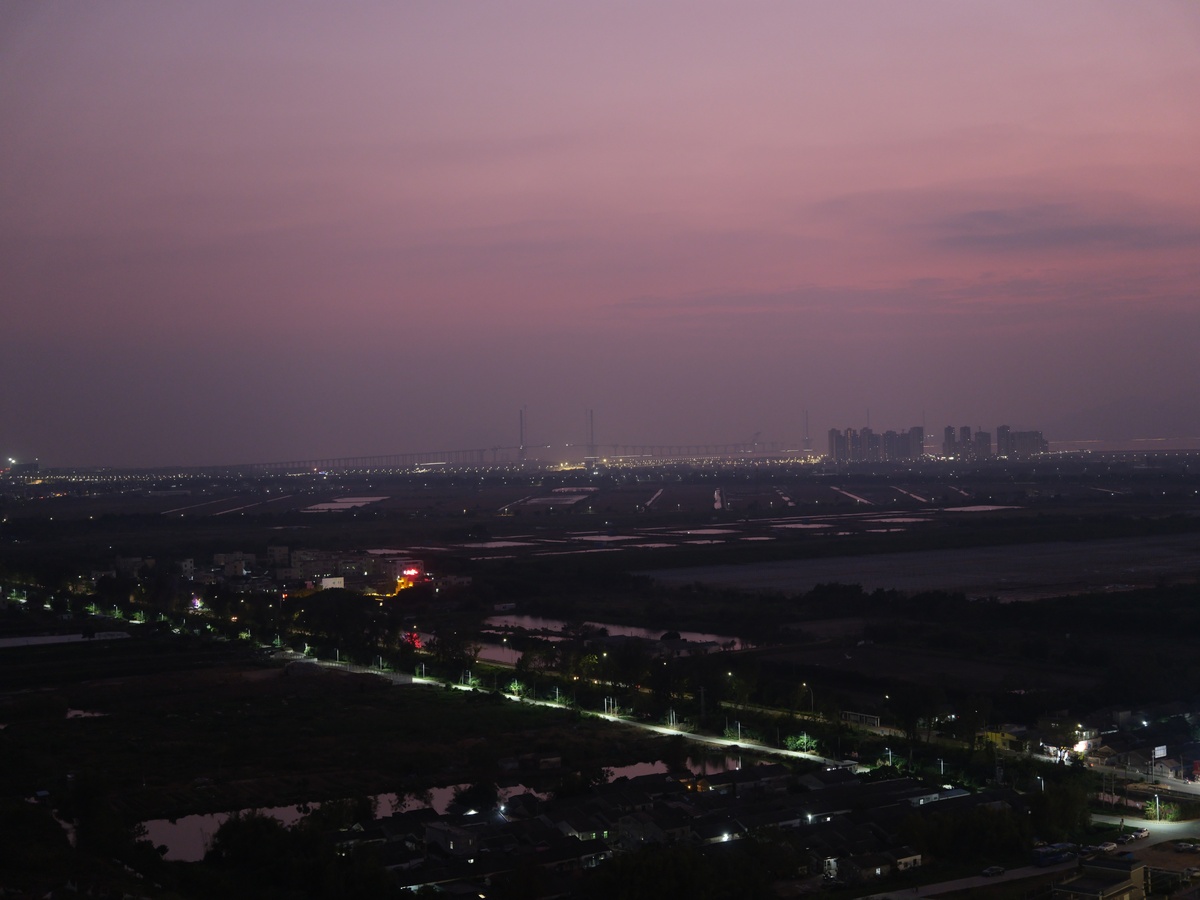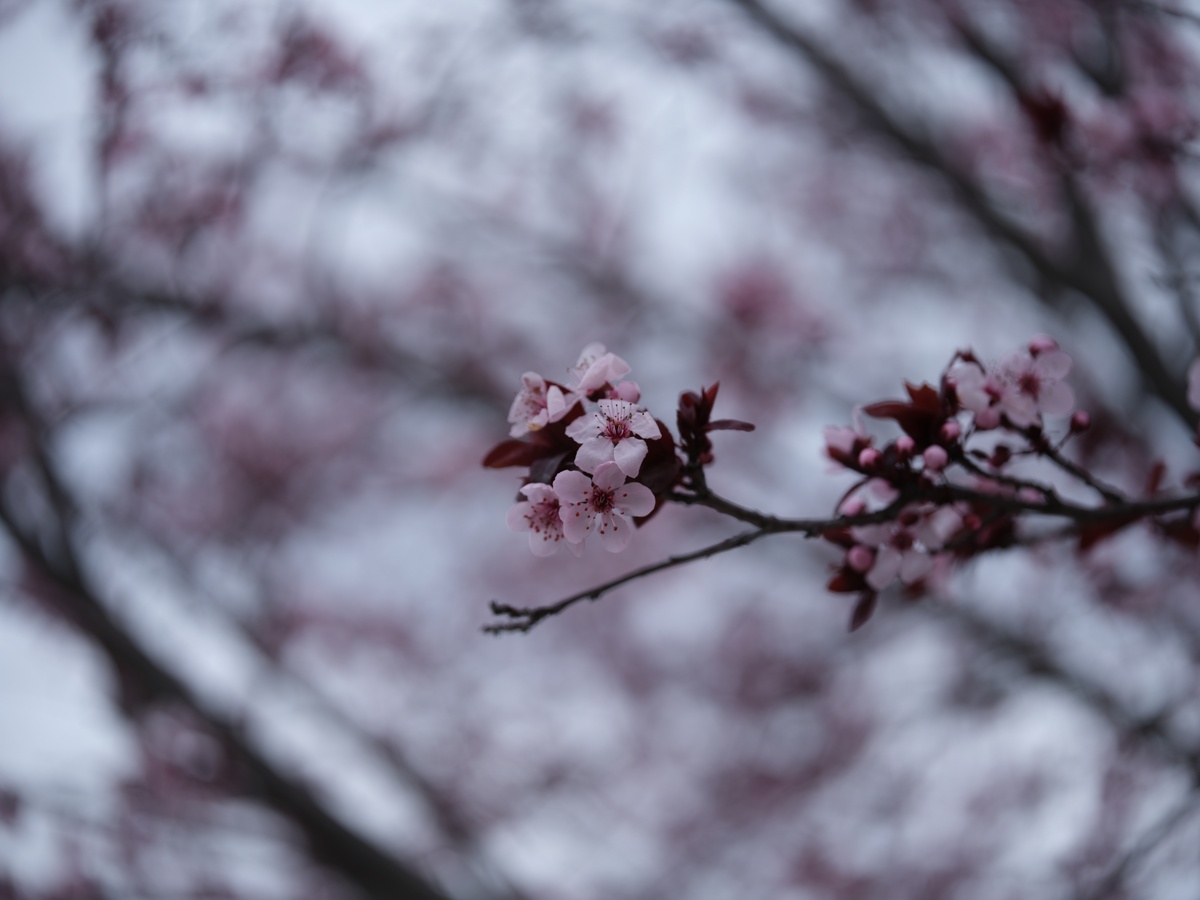Sigma Art 70mm f/2.8 Macro on Fuji GFX
In this blog post I will share a couple of unprocessed full resolution shots taken with the Sigma Art 70mm f/2.8 DG Macro DG for Canon EF mount on Fuji GFX 100S. Although not a comprehensive lens review, it should give some idea of the performance of this lens, and the amount of vignetting (or lack thereof) to expect on the 44 × 33 mm medium format sensor.
I’m using the Fringer EF-GFX Pro adapter. Please note that these are straight-out-of-camera shots and the Fringer adapter does provide vignetting and distortion correction. Hence, the vignetting is digitally corrected in these pictures.
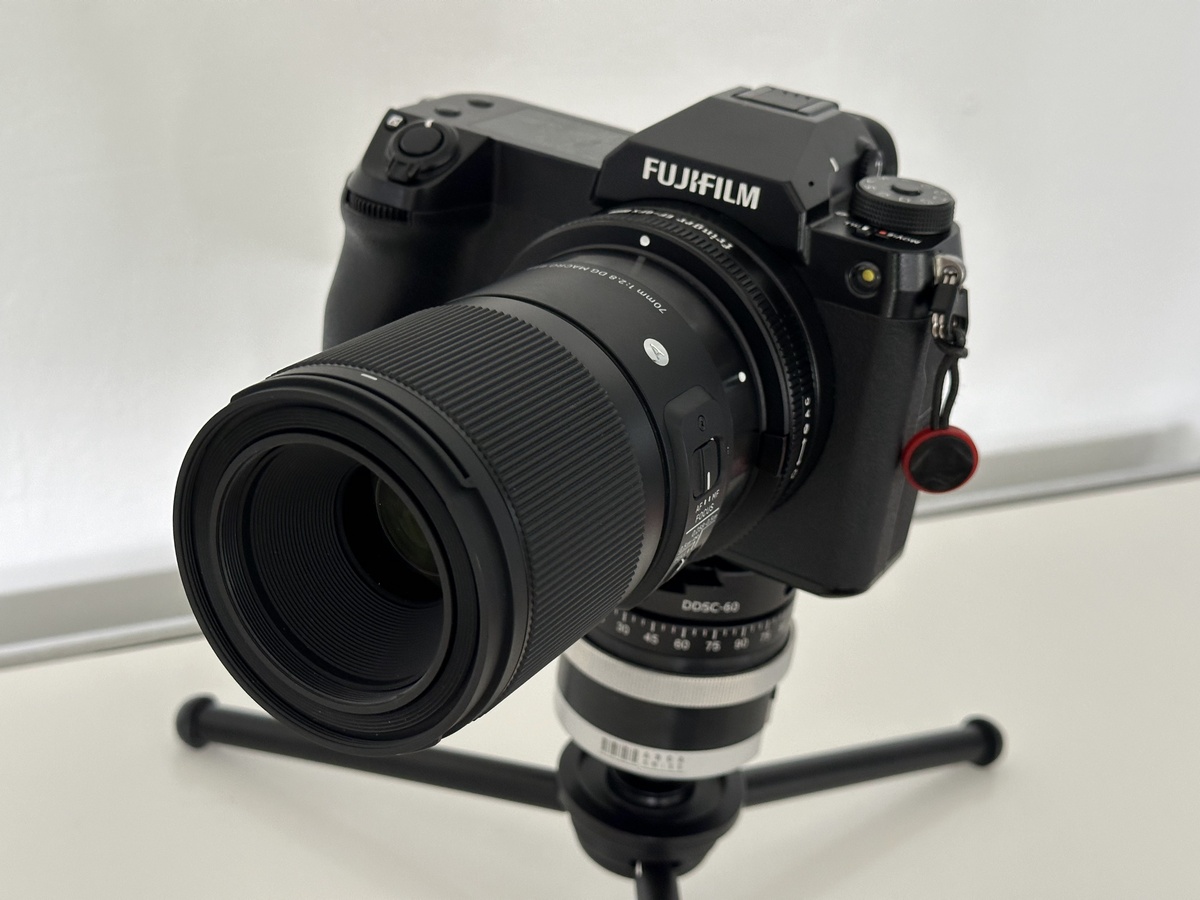
User Anvcor on Xiaohongshu actually ran the Zemax simulations for this lens on Fuji GFX.
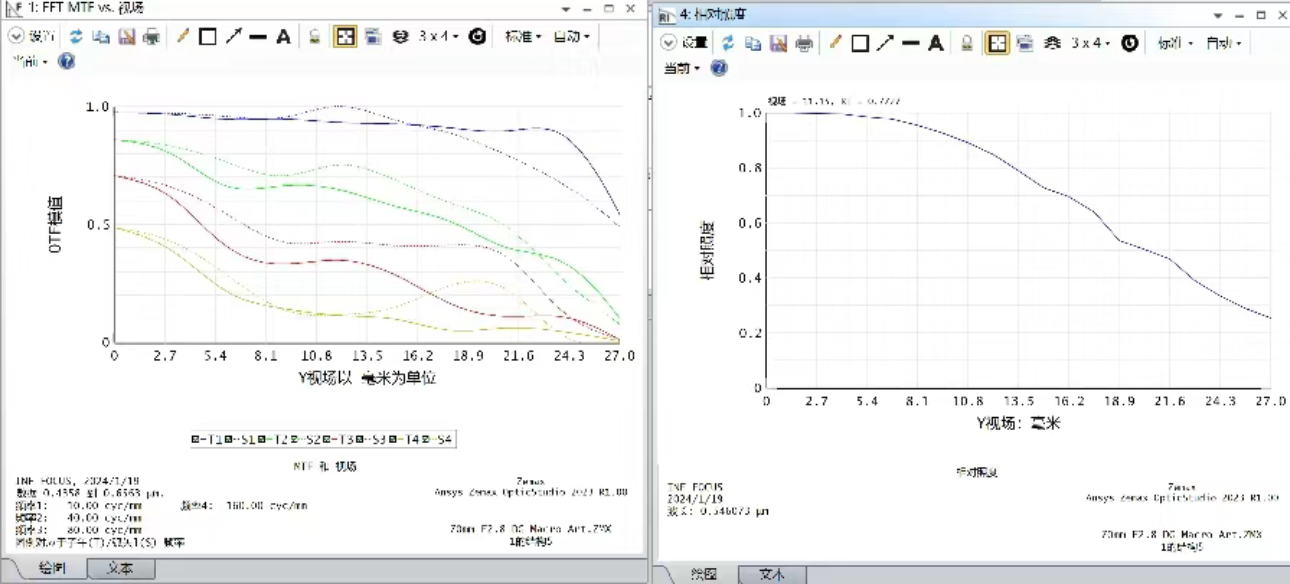
From the simulated data, the sharpness is exceptional in the middle (MTF50 of almost 160 lp/mm!), and gradually falls off towards the edges. The extreme corners on GFX are not that great, but they get decent when stopped down. The vignetting is well controlled at only 2 EV on Fuji GFX, which, combined with electronic corrections, is absolutely nothing to worry about at all.
Longitudinal chromatic aberrations are generally extremely well corrected, and superior to the Voigtländer Macro Apo Lanthar 125mm f/2.5.
The autofocus performance is generally satisfactory when shooting stationary outdoor scenes in good light. However, in dim scenarios, especially for macro, the lens does tend to hunt a lot. Since it needs to physically extend by a huge amount to focus closely, this is slow and can be frustrating. The manual focus is focus-by-wire which isn’t too pleasant to use either. There are also occasionally some bugs where somehow it forgets what is the minimum and maximum focus range, so it won’t be able to AF to the macro distance or to infinity, regardless of the status of the physical focus limiter toggle switch on the lens.
Overall, the image quality is great and it works well as a general purpose walk around lens.
